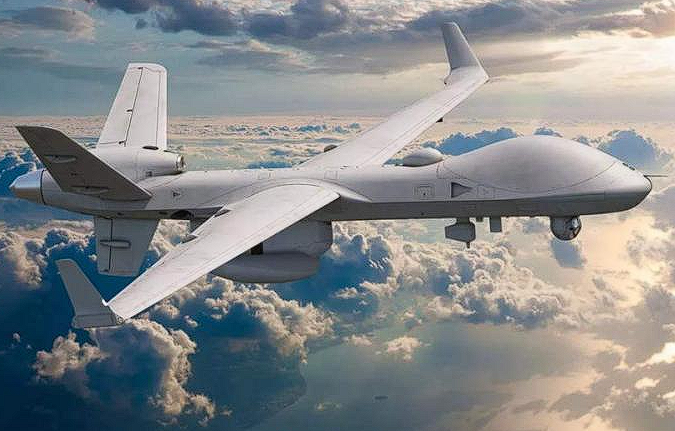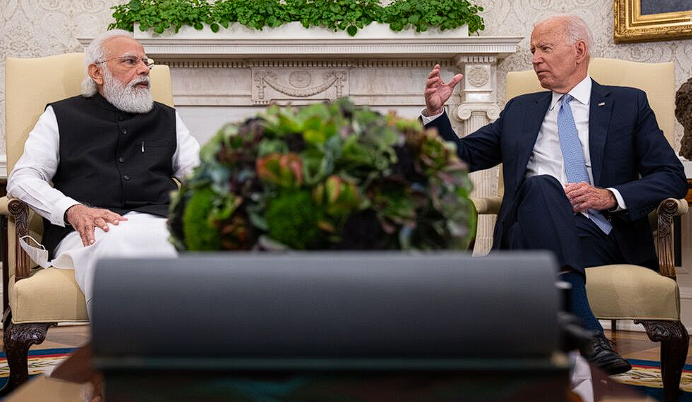Setting the tone for Indian Prime Minister Narendra Modi’s State visit to Washington on 22 June, the Ministry of Defence (MoD) has given the nod for buying armed US drones. The Biden Administration is reportedly urging India to expedite the deal of its long pending plan to acquire top-notch armed Predator or MQ-9B SeaGuardian drones. The deal could be worth $2 billion to $3 billion, has been languishing for years.
The pact between General Electric and defence PSU Hindustan Aeronautics to co-produce GE-F414 turbofan engines to power indigenous Tejas Mark-2 fighter jets is also set to be formally announced during PM Modi’s visit to the US. However, India’s push for adequate transfer of technology (ToT) and setting up cost-effective MRO (maintenance, repair and overhaul) facilities adds complexities to the potential deals. These defence and hi-tech ties are partly blamed on the US bureaucratic hurdles that have impeded the deals’ progress. America has been reluctant to part with technology transfer and other joint collaborations.
Jake Sullivan, Biden’s National Security Advisor (NSA), arrived in New Delhi on Tuesday to finalise preparations ahead of Modi’s visit, with the drone deal, GE pact, and other hi-tech deals on the agenda. “They are fundamentally designed to remove those obstacles in defence trade, in high-tech trade, in investment in each of our countries, in taking away obstacles that have stood in the way of our scientists and researchers,” Sullivan said.
US negotiators are hoping that Prime Minister’s visit will help break the deadlock. During the visit, Modi and Biden are also expected to discuss collaborative efforts in co-producing munitions and ground vehicles, including armoured personnel carriers.
President Biden has prioritised strengthening ties with India as part of his strategy to counter China’s influence. Although US and India do not have a formal security alliance, Biden has emphasised cooperation on advanced military technologies between the two largest democracies in the world. However, India’s maintenance of economic and defence ties with Russia following the Ukraine crisis has frustrated the US, as India’s non-alignment policy in conflicts between major powers complicates efforts to deepen bilateral relations.
The Indian Defence Ministry has yet to decide on the number of drones to be acquired, with varying estimates ranging from 30 to 18. There was no official word from the Ministry on the Defence Acquisition Council (DAC), which Defence Minister Rajnath Singh chaired on Thursday, about the proposed inter-governmental agreement. But sources in the MoD said the induction of the 31 high-altitude, long-endurance (HALE) Predator-B drones – 15 for the Indian Navy, 8 each for the Army and Air Force has been planned.

It is worth noting that the QUAD countries (US, India, Japan, & Australia) have all operated or currently operate the MQ-9Bs SeaGuardian drones. India presently leases MQ-9Bs for intelligence-gathering operations.
The Navy has deployed two unarmed MQ-9B SeaGuardian drones, on lease from General Atomics from September 2020, for surveillance missions in the Indian Ocean Region. Their primary purpose has been to conduct surveillance missions, including monitoring troop deployments and infrastructure upgrades along the borders with China. These deployments hold particular significance due to the ongoing military standoff in eastern Ladakh between India and China.
Ravi Shankar






















